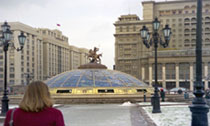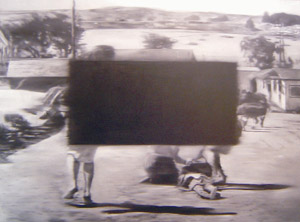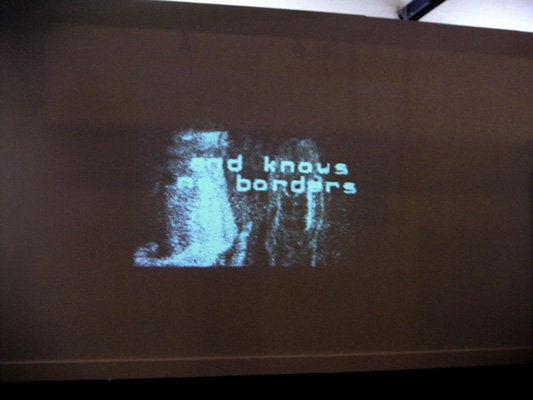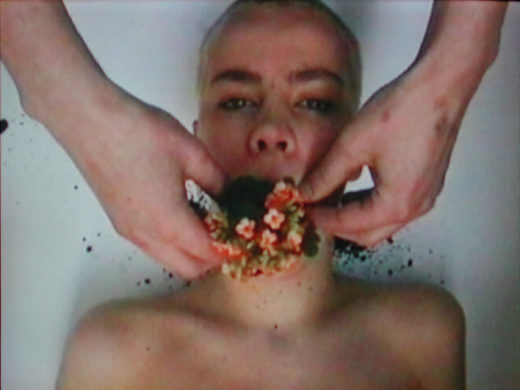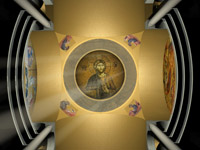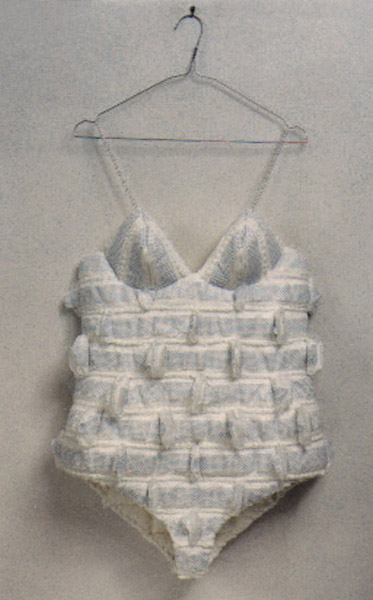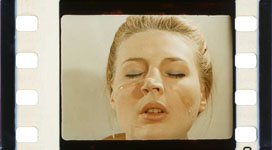Interview with Vladimir Paperny
Vladimir Paperny received his MA in design from Stroganov Art School in Moscow and PhD in cultural studies from Russian State University for the Humanities. His PhD thesis “Culture Two” was published in Russian by ARDIS (Ann Arbor, 1985), NLO (Moscow, 1996 and in English Cambridge University Press, 2003). His collection of essays and short stories “Mos Angeles” was published by NLO (Moscow, 2004). He lives in Los Angeles where he has a design studio.
Yevgeniy Fiks: Moscow is no more. One might say that in the 2000s, one could call this city “Moscow” only for the purpose of convenience. … Read more

